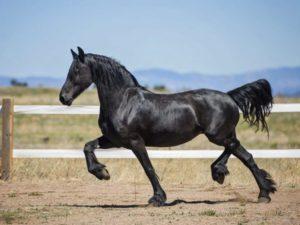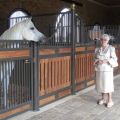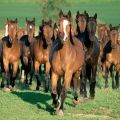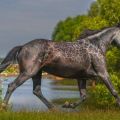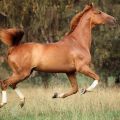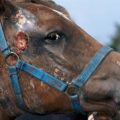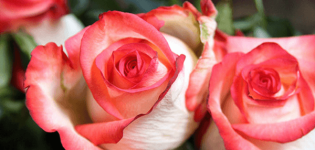Description and characteristics of the Don horse breed, features of the content
The hardy Don breed of horses, suitable for any use, is called the “living gold” of the Russian steppe. A non-capricious stately horse with a golden sheen of wool is suitable for both saddle and harness. Representatives of the Russian breed can often be seen at international exhibitions. Today, Donchaks are rare, which increases their value; stud farms are engaged in their breeding only in Russia.
History of the Don horse breed
The progenitors of the Don beauties are short and strong Nogai horses that lived in the steppes. From them, the Donchaks received red hair, beautifully shimmering in the sun. Breeding of Don horses began in the 17th century in the Rostov province of the Russian Empire. From the Don River flowing through this territory, noble animals got their name. Cossacks crossed trophy Turkmen, Karabakh, Persian horses with Nogai horses.
From the 18th century, Russian landowners began to breed Donchaks for the army cavalry:
- Platov M.I .;
- General V. Ilovaiskiy;
- Yanov P. P .;
- Serikov I.M.
After the war of 1812, the Don breed, which showed itself well in cavalry battles, was recognized as a Russian property. The first stud farm for breeding Don horses was opened in 1826. By the end of the 19th century, the Donchak had become the most common horse in the territory of the Russian Empire; about 20 thousand individuals were kept at Rostov stud farms, not counting 15 thousand that were in the personal possession of the Cossacks.
The resulting wars - the First World War and the Civil War - significantly reduced the number of Don horses. To save the breed, Semyon Mikhailovich Budyonny gave the order to collect all the Donchaks around the country, send them to stud farms for breeding. The number of individuals was normalized over 10 years. The breed has become the second largest after the Oryol trotters.

In the 1950s, stud farms were opened in the Rostov region, Bashkiria, Kazakhstan, and Kyrgyzstan. The collapse of the Union turned out to be a test that the breed could not stand. There are only two stud farms left - Zimovnikovsky, in the Rostov region, and named after Budyonny, in Salsk. In 2010, the Zimovnikovsky stud farm ceased to exist. Today there are almost no Don horses left. The number of breeding Don mares throughout Russia does not exceed 200 individuals. They give birth to about 50 foals every year. The cost of a thoroughbred horse exceeds 500 thousand rubles.
Description and characteristics
Donchaks are one of the leaders among horse breeds in terms of endurance. They are strong horses with good immunity.They are sensitive to human kindness, quickly become attached to the person who cares about them, behave with dignity, and are not capricious.
Exterior
The Donchaks have a beautiful, strong, muscular body, a harmonious figure.
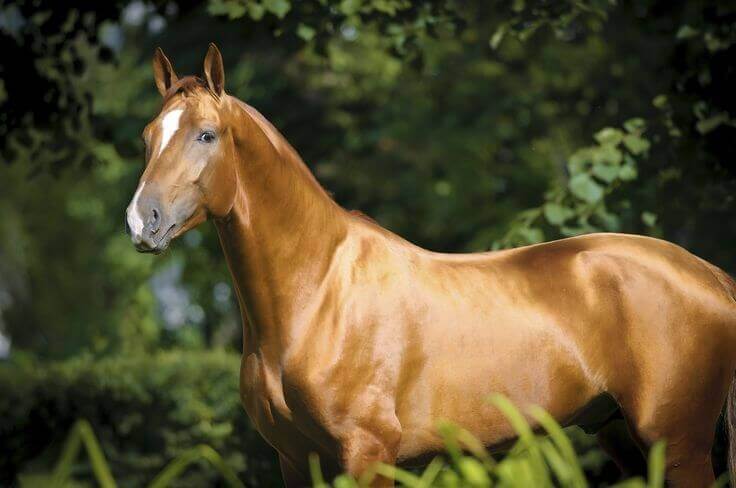
Characteristics of the appearance of the Don horses:
- high withers - 150-172 cm;
- medium-sized head, broad forehead, short occiput;
- auricles of a standard size, movable, pointed at the end;
- eyes are large, beautiful almond-shaped, deep, piercing look;
- the neck is long, gracefully arched, lean;
- the body is elongated, strong, stocky, the chest is wide, the croup is bent smoothly;
- the legs are long, sinewy, with strong joints, the hooves are wide, with good support;
- hairs on the mane and tail are soft, of medium length, but create a dense hair mass, their color is slightly darker than the main color;
- the weight of an adult is up to 400 kg.
Of the exterior shortcomings of the Don horses, breeders note a weak back and saber position of the joints of the hind legs, which causes difficulties in performing some gaits.
Breed types
Modern Donchaks are divided into four types:
- Horse. They have a lighter body structure, legs are longer, the anterior scapular bones are oblique, and the croup is massive. The color is red.
- Persian. Tall, slender horses with well-developed chest and strong legs. The head is narrower, more elongated. The color is light red.
- Eastern heavyweight Donchaks. Tall and massive horses are about 172 cm tall, chest girth up to 200 cm. Dark shades of red prevail in color.
- Karabakh. Medium-sized horses with a flat back and a developed loin. The color is dominated by chestnut shades, many individuals have white "socks" on their legs.
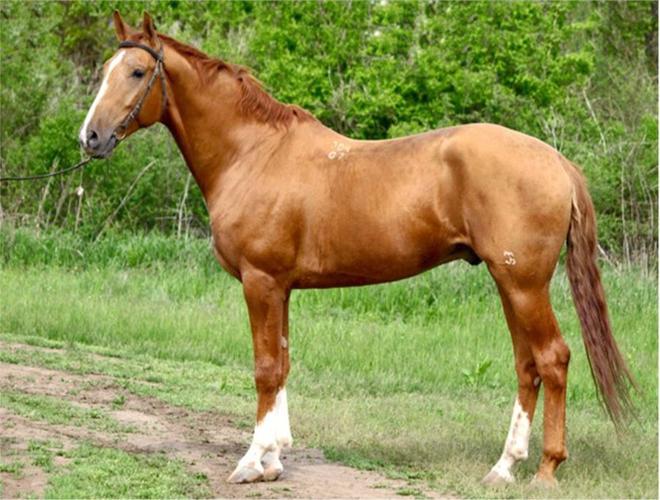
Productive qualities
Donchaks are distinguished by their calm disposition. It's easy to train them. Donchaks do not like to mess around, for good health they need to be busy regularly, otherwise their character will deteriorate and become uncontrollable. A high load for Don horses is not a problem. Due to physical strength, endurance, strong musculature, harmonious physique, lightning-fast reaction and calm attitude towards the people around, the Don horse breed is considered universal, suitable for any work and sports.
Features of disposition
Calm, docile, friendly Donchaks quickly find contact with people. If the owner takes good care of them, takes good care of them, shows affection and love, then they become his devoted friends for life, obey him unquestioningly. Donchak recognizes one owner, always remembers him, no matter how life circumstances develop. The attitude towards strangers can be wary, suspicious, but the manifestation of open aggression is not typical for Donchaks.
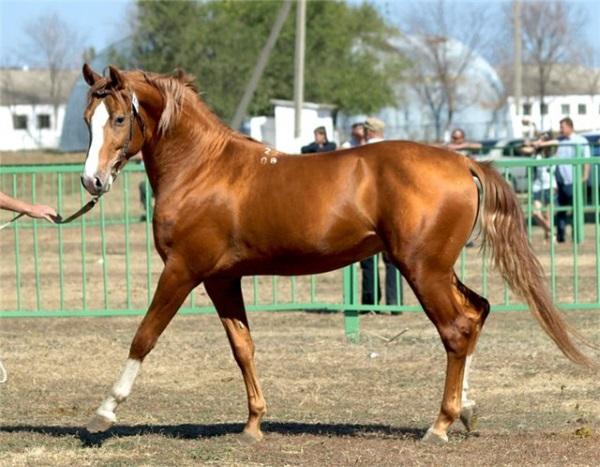
Advantages and disadvantages
Each horse breed has advantages and disadvantages. Advantages of the Donchaks:
- courage and endurance;
- high intelligence and learnability;
- universality of application;
- devotion to the owner.
Breed disadvantages of Don horses:
- moderate running speed, which is not suitable for horse racing;
- the need for constant physical activity;
- problems with maneuvering;
- a small viewing angle due to the shortened back of the head;
- a loyal and trusting relationship to only one person - the owner, therefore the horse is not suitable for recreational purposes or horse riding.
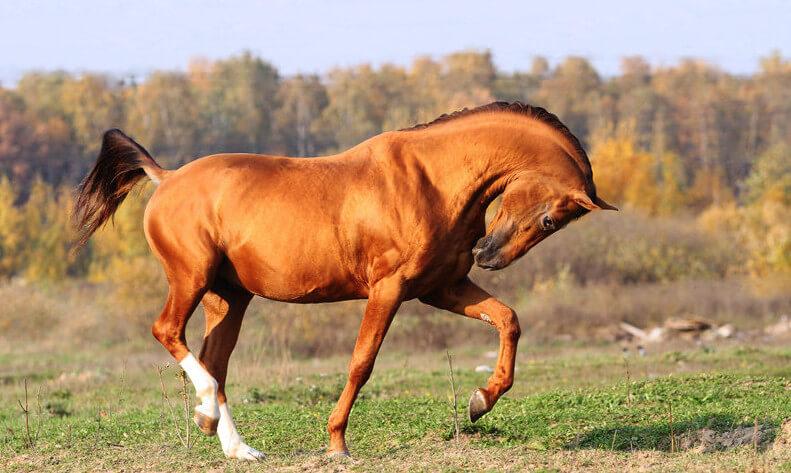
How to keep the Don breed
When equipping a stable and a stall for a Donchak, the following requirements are observed:
- ceiling height - at least 3 m;
- stall - 4 × 4.5 m;
- doorway width - 1.2 m;
- thickness of partitions - from 4 cm;
- solid floor height - 1.5 m;
- the width of the space between the ribs of the lattice partitions - 5 cm;
- the floor is wooden or concrete, in a stall with a slope so that waste liquid does not accumulate.
The floor is lined with sand, dry peat, straw or sawdust. Air humidity in the room - 70%, temperature - from +10 to +15 ° C. Drafts are not allowed.
The bedding is changed daily. Cleaning in the stable is arranged weekly, disinfection of equipment, walls and partitions is carried out monthly, the animal is taken out before that.
Equipment required for horse care:
- hoof hook;
- soft and hard brushes;
- electrical appliance for a haircut;
- towels and sponges.

The Don horse is combed out daily. In the morning, clean the nostrils, wipe the teardrops of the eyes with a moistened sponge. Before walks, the horse is cleaned with brushes, after walks they wash their feet. To prevent sprains, the legs are wrapped in elastic bandages.
Diet
The daily amount of food for a Donchak is 2-3% of body weight. The daily portion is increased for:
- pregnant (in the last months) and lactating mares;
- growing foals;
- sick individuals;
- in the winter months for all horses.
An adult horse drinks about 60 liters of liquid per day, so water should always be available. Percentage distribution of feed:
- 50% vegetable fiber - fresh grass and hay;
- the remaining 50% - grain and bran feed, vegetables, vitamin supplements and delicacies.
It is forbidden to give withered grass to Donchaks, it will cause colic.

In the stomach of the Donchak, food is digested slowly, so feeding can take up to 2 hours. Adult Don horses are fed 3 times a day. Newborn foals suckle for 5-10 minutes every 30-40 minutes. The lactation period lasts 6-10 months. But already at the age of one month, the foal tries solid food.
Breeding specifics
The best producers are specimens of the stud farm named after Budyonny in Salsk. Representatives of the breed, applying for breeding, are assessed on a 10-point scale. Don stallions with an assessment of at least 8 points and mares with an assessment of at least 7 points are allowed to breed. Due to the small number of livestock, even frozen seminal fluid of already dead thoroughbred Don stallions that have received high scores is used for breeding.
Individuals who have reached 3 years of age participate in reproduction. To prevent the mating process from ending with injuries, they use manual mating: the Don mare is held by the halter or tied to a pole. A foal born is considered a Donetsk foal if the number of breed genes in it is at least 5 out of 16.

Treatment of diseases
Poor quality and stale food causes painful stomach cramps. Dirty food can cause constipation, flatulence, and even volvulus. All these pathologies can result in the death of the animal. Don horses are prone to colds. Therefore, they should not be drunk with cold water, left in a draft or in a room where the temperature is below +10 ° C. The litter should always be dry.
If the stable does not comply with the sanitary rules, then the horse can pick up a bacterial or parasitic infection, it can develop dermatitis. The sick animal is isolated, the quarantine is removed after recovery. Horses should only be treated by a veterinarian.
Scope of use of horses
A calm disposition, affection for a person, a strong and sinewy physique, endurance and learning - these qualities of the Donchaks allow them to be used in:
- equestrian sports (show jumping, triathlon, dressage) and exhibition performances;
- hunting;
- agricultural work;
- transportation of goods along difficult routes.
The Don breed was bred for military needs, and now horses are used in the mounted police. Donchaks behave calmly in a noisy urban environment, do not feel discomfort, move quickly along narrow streets while chasing a criminal. That's why the police love them.

